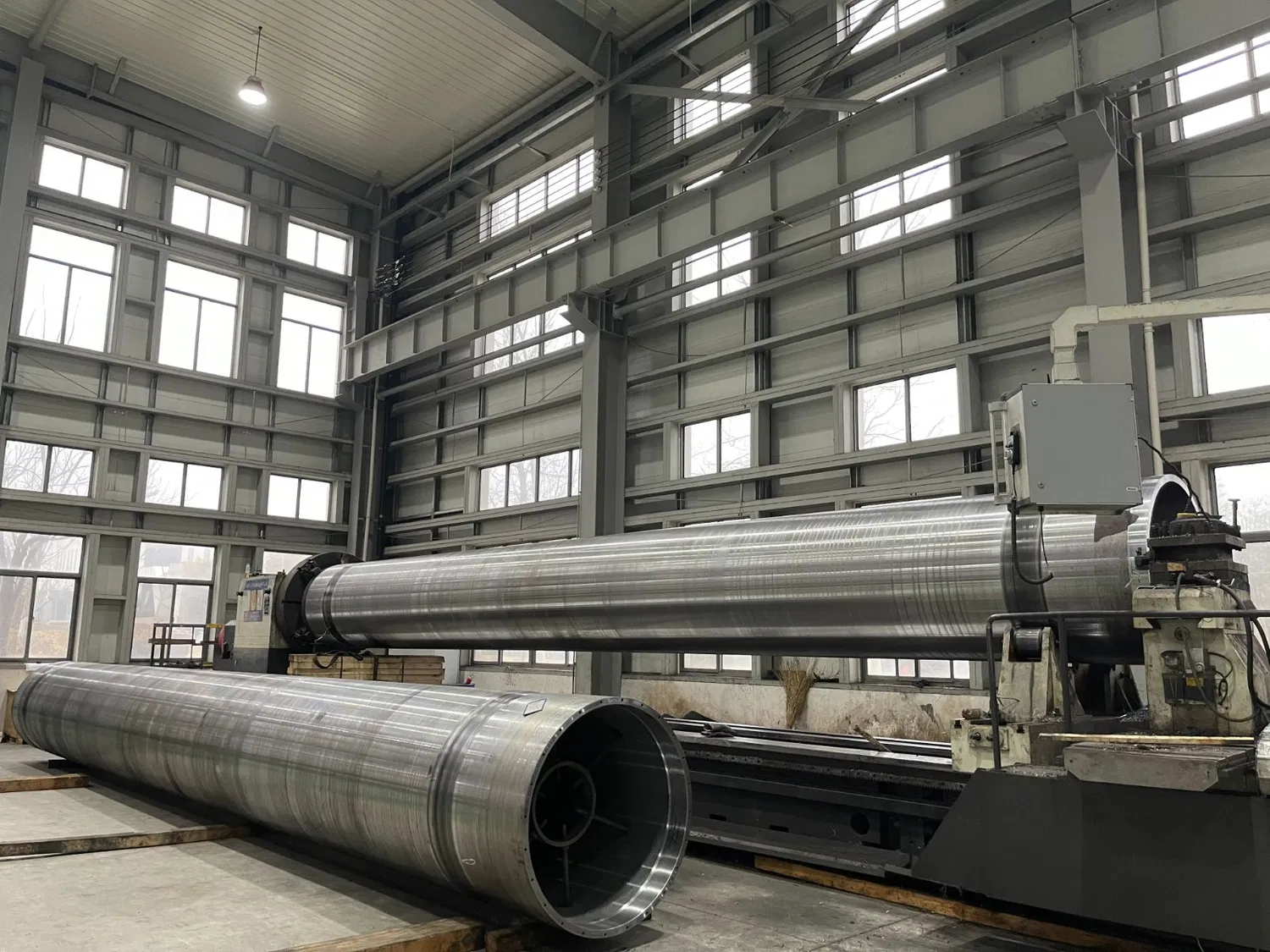Introduction: The Role of Roll Temperature in Paper Drying
Have you ever wondered how paper miraculously transforms from a wet, pulpy substance into the dry, flat sheets we use daily? The answer lies in the process of paper drying, which is heavily influenced by roll temperature. In this article, we'll explore the fascinating science behind the effect of roll temperature on paper drying, and its importance in the paper production process.
Understanding Paper Drying: A Brief Overview
Before diving into the specifics of roll temperature, let's briefly examine the paper drying process. As paper pulp travels through the machine, it encounters a series of heated rollers. These rollers, often referred to as drying cylinders, remove water from the pulp by evaporation, leaving behind the dry paper we know and love. Now that we have a basic understanding of paper drying, we can delve deeper into the role of roll temperature.
The Science Behind Roll Temperature and Paper Drying
To truly understand the relationship between roll temperature and paper drying, we need to discuss a few key concepts, such as evaporation and heat transfer. Evaporation is the process of converting a liquid (in this case, water) into a gas. Heat transfer occurs when energy moves from a warmer substance (the drying cylinder) to a cooler one (the wet paper pulp). When the roll temperature is increased, the rate of heat transfer also increases, causing water to evaporate more quickly from the paper pulp.
The Impact of Roll Temperature on Paper Quality
Roll temperature can significantly impact the quality of the final paper product. For instance, if the roll temperature is too low, the drying process may be inadequate, resulting in paper with poor strength, appearance, and dimensional stability. Conversely, if the roll temperature is too high, it can cause over-drying, leading to paper that is brittle, curled, or has an uneven surface.
Optimizing Roll Temperature for Efficient Paper Drying
So, how can we find the perfect balance? By carefully monitoring and controlling roll temperature, paper manufacturers can achieve optimal drying efficiency. This often involves adjusting the temperature based on factors such as paper type, machine speed, and ambient conditions. It's worth noting that modern paper machines often utilize advanced control systems to maintain consistent roll temperatures, ensuring high-quality paper production.
Energy Considerations in Roll Temperature Management
As we've seen, roll temperature plays a crucial role in paper drying. However, it's also important to consider the energy implications. High roll temperatures require more energy input, which can result in increased costs and a larger carbon footprint. By optimizing roll temperature, paper manufacturers can strike a balance between efficient paper drying and energy conservation.
Practical Applications: Maintaining Ideal Roll Temperature
Here are a few tips for ensuring ideal roll temperature in paper production:
- Regular Maintenance: Keep drying cylinders in good working order through regular inspections and maintenance.
- Temperature Monitoring: Use advanced control systems to continuously monitor and adjust roll temperature.
- Adaptive Strategies: Adjust roll temperature based on factors such as paper type, machine speed, and ambient conditions.
Conclusion: The Art and Science of Roll Temperature Control
In conclusion, roll temperature plays a vital role in the paper drying process, significantly impacting product quality and energy efficiency. By understanding the science behind roll temperature and paper drying, and employing practical strategies for maintaining ideal roll temperature, paper manufacturers can ensure consistent, high-quality production.
For more detailed information, please visit our official website: Roll Temperature



